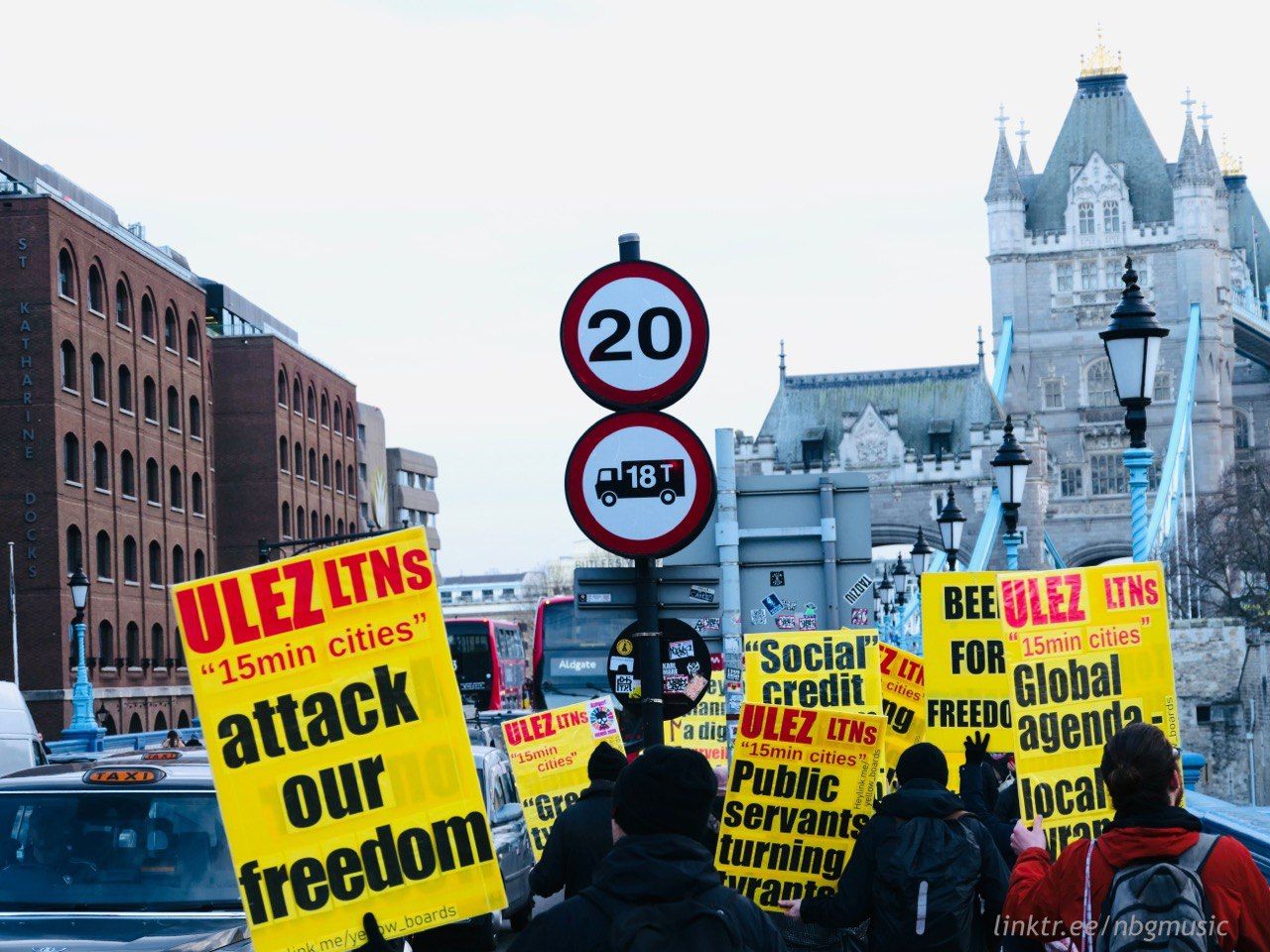
The Future of Steel and Climate Policy

Summary
The European Commission has committed to expanding its Emissions Trading System (ETS) climate policy through the introduction of the Carbon Border Adjustment Mechanism (CBAM) by 2026. In order to achieve its ambitious Net Zero by 2050 goals, these policies will cause massive disruption to the exchange of fundamental materials such as steel inside and outside of the EU. This Capstone project explores the real financial implications of these policies on steel manufacturers. By delving into ArcelorMittal, Europe’s leading steel producer, I have synthesised insights from historical financial data with qualitative analysis of the political, economic, and environmental systems that characterise these dynamics.
Approach and Methodology
The Capstone journey started with a single report from Bloomberg about the impending Energy Transition in Europe to achieve Net Zero. I was concerned about the implications of drastic policy changes for real-world stakeholders. I decided to delve deeper into the steel industry, as it is a fundamental material in society for which there is no substitute. This material and industry are vital to the development of Net Zero technologies yet were set to be hit the hardest by environmental policy.
After reading more around trade dynamics and policy, I realised the economic environment in the EU is best represented by a complex system where different stakeholders have both competing and conflicting goals with one another. I decided to model these relationships with a Causal Loop Diagram, which is a commonly-employed tool by systems thinkers to understand a system in a holistic manner. In order to target the specific effects of the policy in question, I then zeroed in on the potential financial ramifications to the industry at large. I choose to model ArcelorMittal, Europe’s market leader in steel, using a standard financial model to forecast the company’s future profitability in the face of evolving policy.
The historical financial data for ArcelorMittal, although publicly available, is convoluted and messy. As a multinational conglomerate, it was difficult to understand its corporate structure and understand the implications this had for its European segment. After learning more about the modelling process, I understood that the only way to capture the crux of this company’s profitability was to establish a set of robust assumptions about the looming tax policy and carbon emissions standards of the industry.
The disciplinary perspectives pertaining to this project are deeply embedded in the system, which highlights how interdisciplinary these policy decisions truly are. It became difficult to distinguish between Environment, Economics, and Policy–all typically ‘siloed’ topics– when modelling governmental decisions that impact all of these simultaneously.
My process involved using the qualitative insights to determine which quantitative metrics were best modelled. This is a typical ‘exploratory sequential’ study, which leverages initial qualitative analysis (causal loop) to inform and give grounding to the subsequent quantitative analysis (financial model).
Proposal/Outcome
The product of my Capstone was a standard industry report aimed at a corporate audience intended to create deeper awareness about the implications of the ETS/CBAM policy proposals. This serves both to inform public equity investors in the steel industry about changes in company profitability, as well as suggest policy changes to bring environmental goals into greater alignment with economic goals.
Beyond Outcomes
My Capstone aimed to mirror a typical workflow that policymakers go through when deciding on implementing new regulations: gathering data, modelling the effects, and suggesting proposals. Going through this pipelines, albeit at a smaller scale, made me realised the complexity of the issues that these policymakers grapple with on a daily basis. I encountered the common challenge of being unable to ‘please everyone’, meaning that any policy change will inevitably upset someone as being either too strict or not ambitious enough.
Want to learn more about this project?


Overall LIS Journey
About me

In 2021 I made the leap from a typical siloed university to the BASc at LIS in order to develop the real-world skills and critical thinking needed to address society’s biggest problems. In three short years, I’ve been exposed to subjects, challenges, and projects that most will not encounter until they join the professional world, if even then. From working with local startups and organisations to tackle real problems, to exploring new academic territory in systems thinking and data science, the teamwork and interdisciplinary philosophy that characterise the university have made my journey at LIS incredibly unique, challenging, and formative.
.svg)
Other Related Projects
Back to the repository


- A Pilot Based on Heathrow's Sustainability Goals







